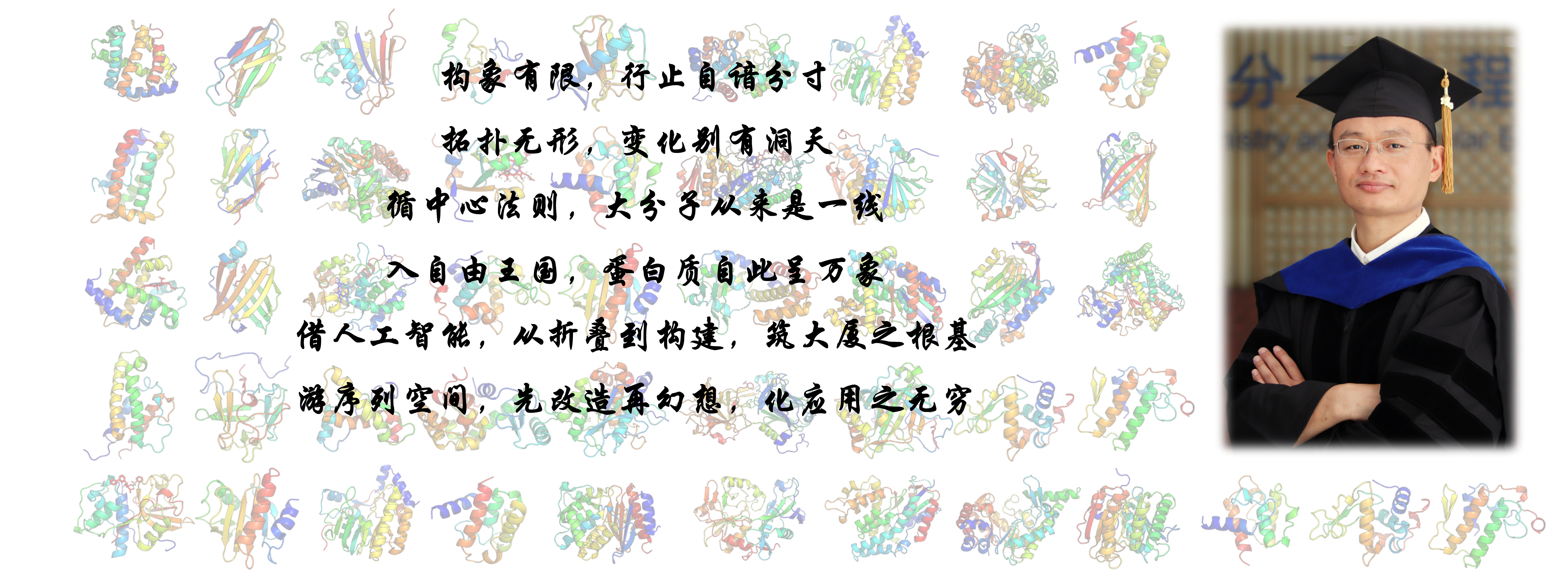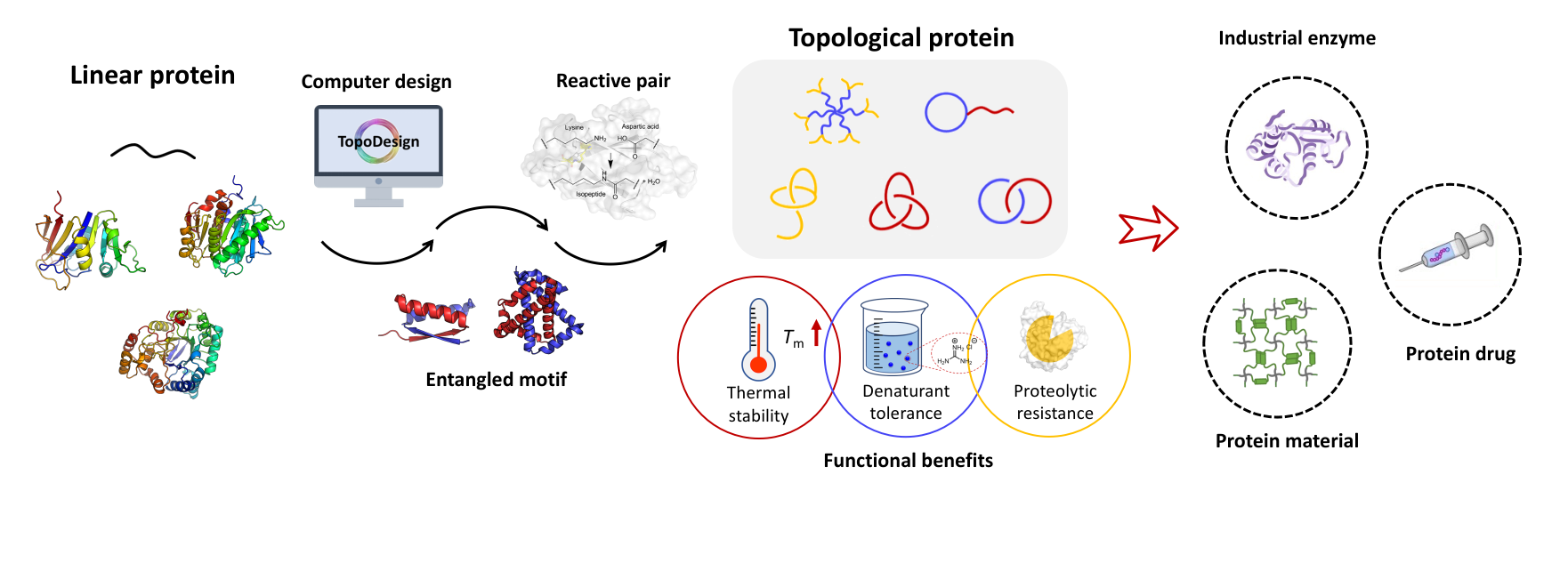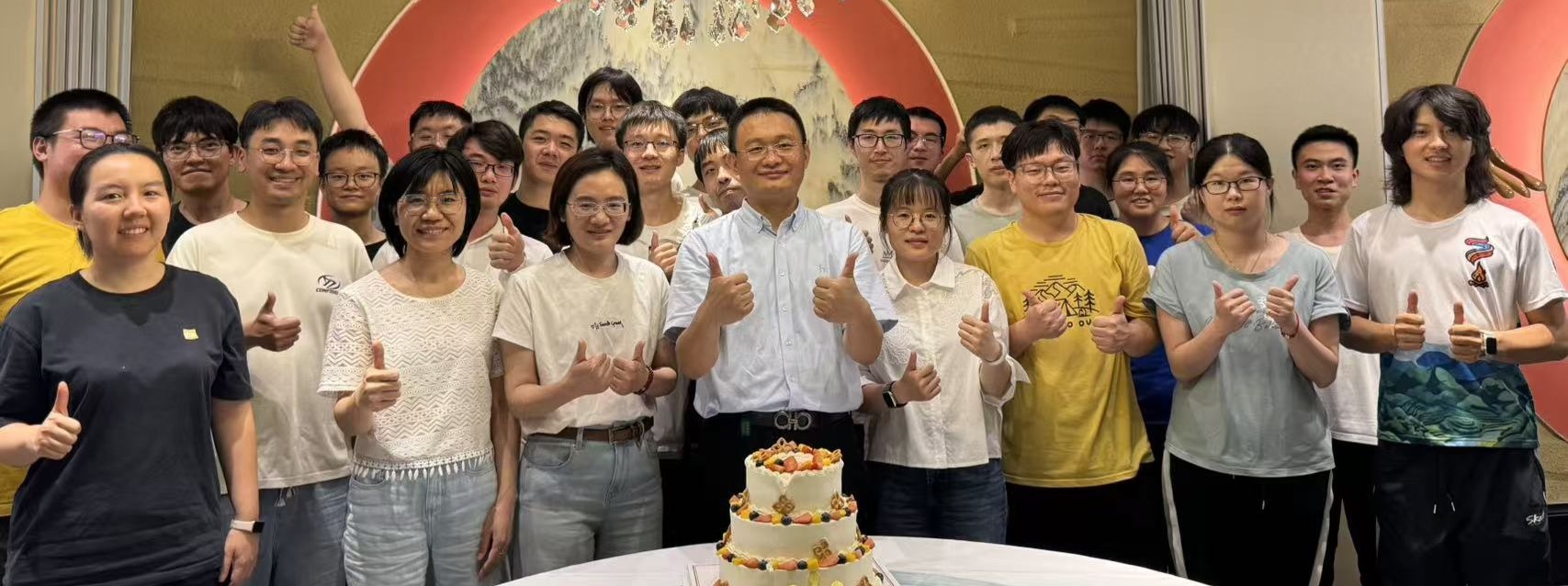Quotes
在科学上没有平坦的大道,只有那些不畏艰险沿着陡峭山路攀登的人,才有希望达到光辉的顶点。
----马克思
-----------------------------------------------
Research Projects
Collaborations
请有兴趣的研究组联系我们。欢迎任何形式的合作,尤其是在自组装、水凝胶以及生物医药等方向的合作。
------------------------------------------
Publications
Liu, N.; Du, Q.; Yin, G.; Liu, P.; Li, L.; Xie, H.; Li, Y.; Zhou, H.; Zhang, W.-B.;* Chen, Q.* Extremely low trap-state energy level perovskite solar cells passivated by NH2-POSS with improved efficiency and stability. J. Mater. Chem. A 2018, 6 , 6806-6814.
Abstract: Both efficiency and stability are two essential performance factors in hybrid halide perovskite solar cells, which are closely related to the ionic defects at the surface and grain boundary of the absorber films. To passivate these defects, we propose a derivative of polyhedral oligomeric silsesquioxane with an amino-group (NH2-POSS) to modify perovskite films. It successfully reduces the charge trap density and trap-state energy level (0.045 eV) as obtained by temperature-dependent admittance measurements, eventually leading to the enhancement of the open-circuit voltage ( V OC) and power conversion efficiency (PCE) from 18.1% to 20.5% in the corresponding devices. Moreover, trap passivation also significantly enhances the stability of the devices, wherein the PCE of perovskite solar cells exhibits 20% degradation in a N2atmosphere for 1000 h. The introduction of NH2-POSS suggests a feasible alternative solution for defect passivation to further improve both the efficiency and intrinsic stability of perovskite solar cells.






